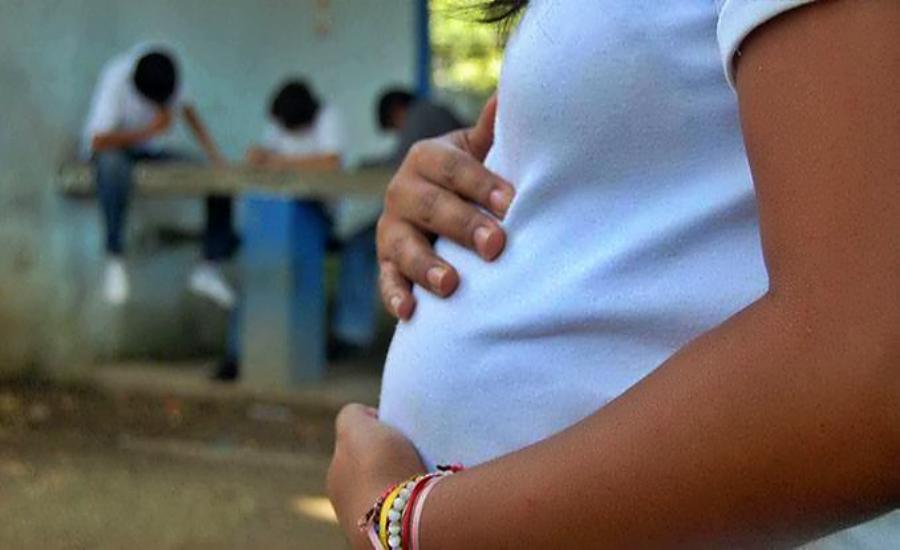Wed 06 July 2022:
Nearly a third of all women in developing countries begin childbearing at age 19 and younger, and nearly half of first births to adolescents are to children, or girls aged 17 and younger, reveals research released today by UNFPA, the UN sexual and reproductive health agency.
While total fertility across the globe has fallen, the UNFPA report shows that women who began childbearing in adolescence had almost 5 births by the time they reached age 40 in 2015-2019.
“When nearly a third of all women in developing countries are becoming mothers during adolescence, it is clear the world is failing adolescent girls,” said UNFPA Executive Director Dr. Natalia Kanem. “The repeat pregnancies we see among adolescent mothers are a glaring signpost that they desperately need sexual and reproductive health information and services.”
After having their first child, additional childbearing in adolescence is common for child mothers. Among girls with a first birth at age 14 or younger, nearly three quarters also have a second birth in adolescence, and 40 per cent of those with two births progress to a third birth before exiting adolescence.
Complications from giving birth are a leading cause of death and injury for adolescent girls, but being an adolescent mother can also lead to other grave violations of their human rights and serious social consequences, including child marriage, intimate-partner violence and mental health issues. The youngest child mothers face the highest risks.
Across the globe, there are encouraging signs of declining levels of motherhood in childhood and adolescence. But the pace of decline has been alarmingly slow – often by only about three percentage points per decade.
“Governments need to invest in adolescent girls and help expand their opportunities, resources, and skillsets, thereby helping avoid early and unintended pregnancies,” said Dr. Kanem. “When girls can meaningfully chart their own life course, motherhood in childhood will grow increasingly rare.”
The report lays out recommendations for policymakers including the need to provide girls with comprehensive sexuality education, mentorship, social support, and quality health services, provide families with economic support, and engage local organizations, all within a supportive policy and legal framework that recognizes the rights, capacities and needs of adolescents, particularly marginalized adolescent girls.
___________________________________________________________________________________________________________________________________________
FOLLOW INDEPENDENT PRESS:
TWITTER (CLICK HERE)
https://twitter.com/IpIndependent
FACEBOOK (CLICK HERE)
https://web.facebook.com/ipindependent
Think your friends would be interested? Share this story!





